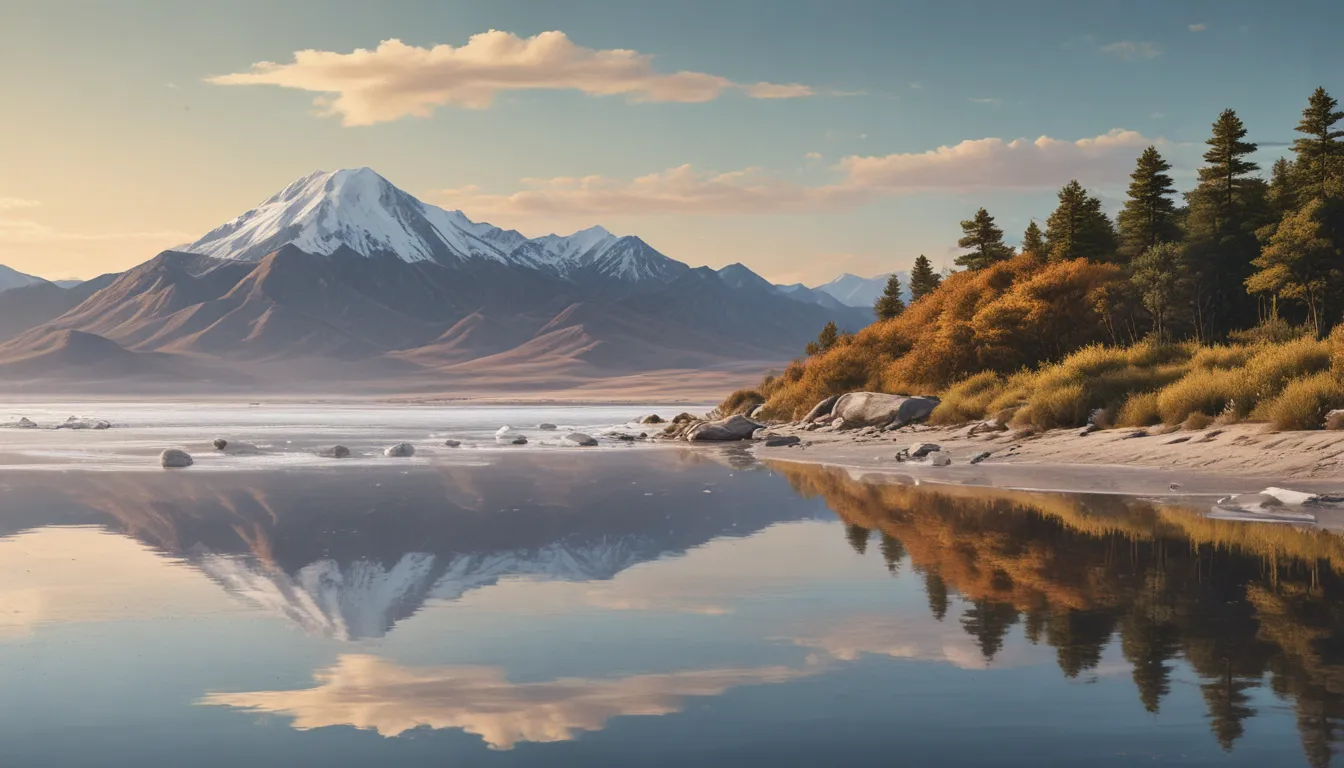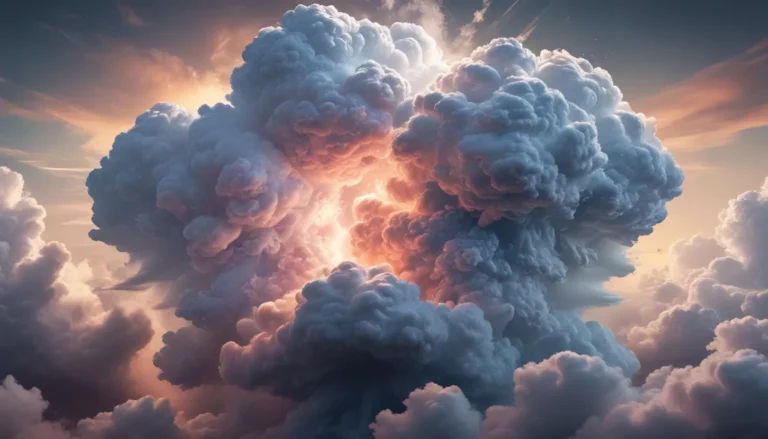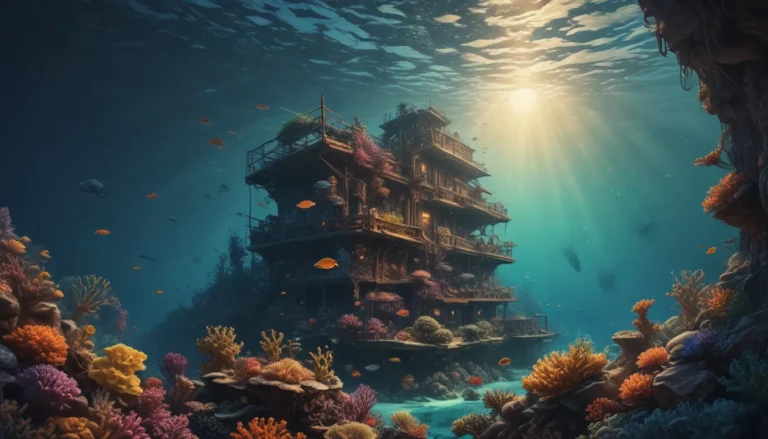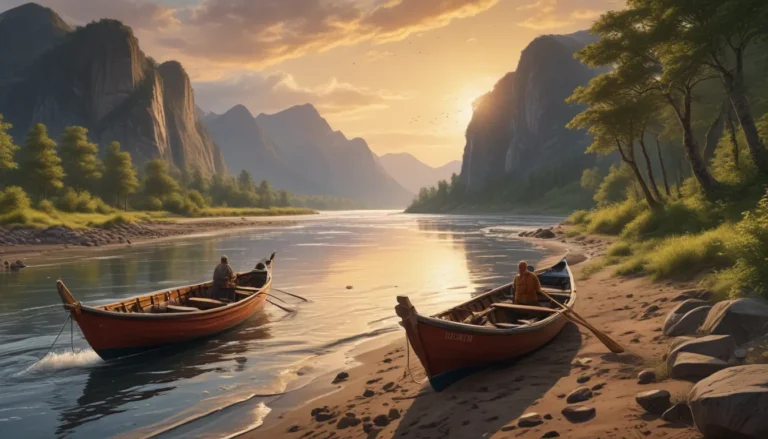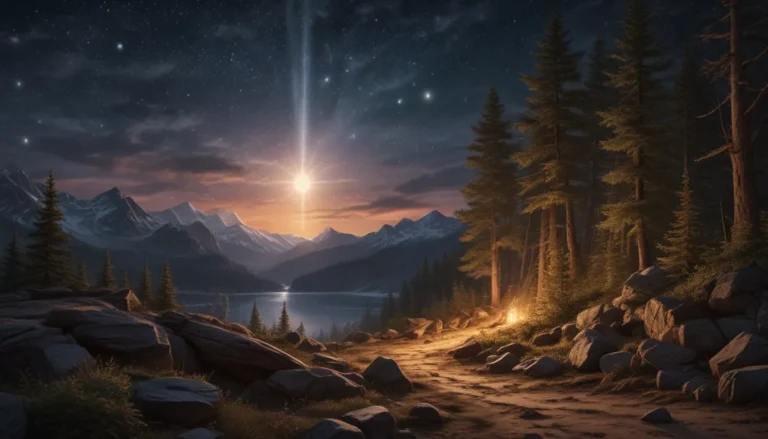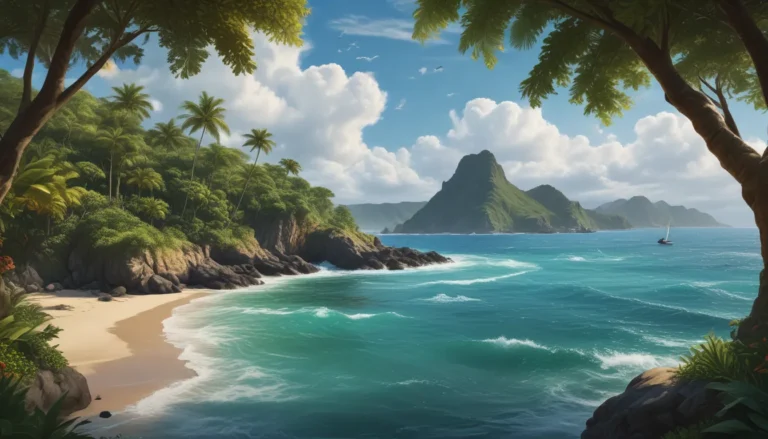The pictures we use in our articles might not show exactly what the words say. We choose these pictures to make you interested in reading more. The pictures work together with the words but don’t take their place. The words still tell you the important facts.
Are you ready to embark on a unique adventure and discover the wonders hidden within the depths of the Great Salt Lake? Situated in the western United States, this natural marvel has captured the hearts of visitors and scientists alike with its striking beauty, diverse wildlife, and intriguing phenomena. Join us as we delve into 15 unbelievable facts about the Great Salt Lake, from its mesmerizing salt formations to its vibrant ecosystem teeming with life. Whether you're a nature lover, history enthusiast, or simply someone who appreciates the wonders of our planet, get ready to be amazed by the incredible secrets waiting to be uncovered.
Unveiling the Mysteries of the Great Salt Lake
The Largest Saltwater Lake in the Western Hemisphere
Stretching over 1,700 square miles, the Great Salt Lake stands as the largest saltwater lake in the Western Hemisphere. Its vast expanse and high salt content make it a unique and fascinating destination for travelers from around the globe.
Salinity Beyond the Ocean
Infamous for its high salinity, the Great Salt Lake contains approximately 7 times more salt than average seawater. This remarkable feature contributes to the lake's unique ecosystem and geological significance.
Abundance of Minerals
Thanks to its high salt content, the Great Salt Lake is rich in various minerals such as magnesium, potassium, and calcium. These minerals have made the lake a valuable source for extraction and commercial use, adding to its economic importance.
Floating Effortlessly on the Surface
Due to its high salt concentration, the Great Salt Lake offers visitors the extraordinary experience of effortlessly floating on its surface. The lake's high buoyancy attracts tourists and locals alike, creating a serene and relaxing environment for all.
Haven for Birdwatchers
The Great Salt Lake serves as a crucial habitat for millions of migrating birds, making it a paradise for birdwatchers. With over 250 bird species recorded in the area, including rare and endangered ones, the lake offers a unique opportunity to observe diverse avian wildlife.
Distinctive Scent and Brine Shrimp
One of the lake's unique features is its distinct odor, often described as a mix of sulfur and brine. Additionally, the waters of the Great Salt Lake are home to brine shrimp, tiny crustaceans that play a vital role in the lake's ecosystem as a food source for many bird species.
Enchanting Discoveries Await Around Every Corner
Man-Made Islands and Recreational Activities
In addition to its natural beauty, the Great Salt Lake features a few man-made islands designed to manage the lake's ecosystem and provide nesting grounds for birds. These islands, along with the lake's calm waters and stunning scenery, attract sailing enthusiasts and outdoor adventurers looking for a unique and memorable experience.
Fluctuating Size and Pink Hue
Known for its fluctuating size, the Great Salt Lake's surface area can vary dramatically from year to year based on environmental conditions. Additionally, at certain times, the lake takes on a pinkish hue, caused by halophilic bacteria that thrive in its saline conditions, creating a visually captivating spectacle.
Ancient Fossils and Geological Formations
Exploring the Great Salt Lake reveals a treasure trove of ancient fossils, including prehistoric horse skeletons, providing insights into the region's geological history. The lake's surrounding landscapes, from sandy beaches to rugged mountain ranges, offer endless opportunities for outdoor adventures and scenic views.
Historical Roots and Economic Impact
Millions of years ago, the area now occupied by the Great Salt Lake was part of Lake Bonneville, a massive prehistoric lake that covered much of present-day Utah. Today, the Great Salt Lake plays a crucial role in Utah's economy, supporting industries such as mineral extraction, recreational tourism, and birdwatching, contributing to the state's economic growth and development.
Embrace the Wonder of Great Salt Lake Today
In conclusion, the Great Salt Lake stands as a remarkable natural wonder, showcasing a blend of astonishing features and rich history. Whether you're drawn to its vibrant pink hues, intrigued by its unique wildlife, or simply captivated by its geological marvels, the Great Salt Lake offers a myriad of experiences for nature enthusiasts and curious explorers alike. Plan your visit to this mesmerizing destination, immerse yourself in its beauty, and witness firsthand the unbelievable wonders that await at the Great Salt Lake.
Frequently Asked Questions
-
How did the Great Salt Lake form?
The Great Salt Lake formed thousands of years ago from the remnants of ancient Lake Bonneville, as water levels receded, leaving behind the saltwater lake we see today. -
Why is the Great Salt Lake so salty?
The high salinity of the Great Salt Lake is attributed to its lack of an outlet, causing salt minerals to concentrate as water evaporates, resulting in the lake's unique salt content. -
Can you swim in the Great Salt Lake?
Yes, swimming in the Great Salt Lake is possible, but swimmers should be prepared for a unique experience due to the lake's high salt content, which allows for effortless floating on the surface. -
Are there any wildlife in the Great Salt Lake?
The Great Salt Lake hosts a diverse range of wildlife, including numerous bird species, brine shrimps, and brine flies, which contribute to the lake's vibrant ecosystem. -
What recreational activities are available at the Great Salt Lake?
Visitors to the Great Salt Lake can enjoy various recreational activities such as boating, kayaking, paddleboarding, camping, and hiking, amidst the lake's serene waters and stunning landscapes. -
Is salt extraction possible from the Great Salt Lake?
Yes, salt extraction is a significant industry in the region, with companies utilizing the lake's high salt content to harvest valuable salt crystals through evaporation processes. -
Why does the size of the Great Salt Lake change?
The size of the Great Salt Lake fluctuates due to factors like rainfall, evaporation rates, and water diversions, leading to significant variations in the lake's surface area over time. -
Are there geological formations around the Great Salt Lake?
Surrounding the Great Salt Lake are stunning geological formations, including the famous Bonneville Salt Flats, known for their vast salt pan expanses and picturesque landscapes ideal for outdoor adventures and speed records.
Ready to embark on a journey of exploration and discovery at the Great Salt Lake? Plan your visit today and immerse yourself in the wonders of this natural marvel, where beauty, history, and adventure await at every turn.
